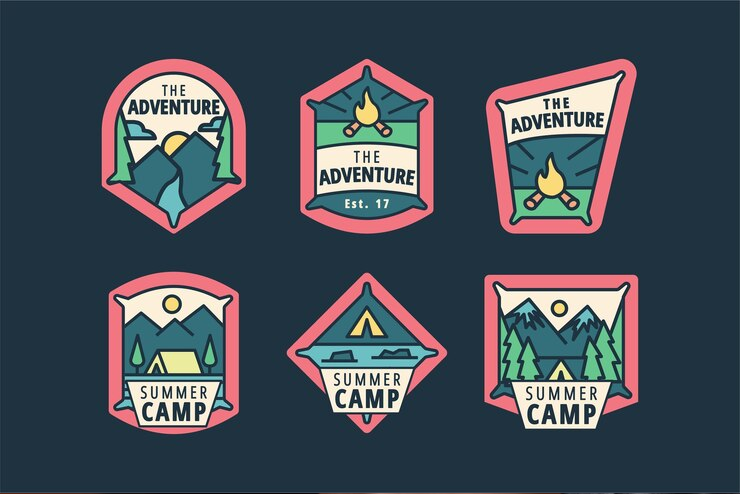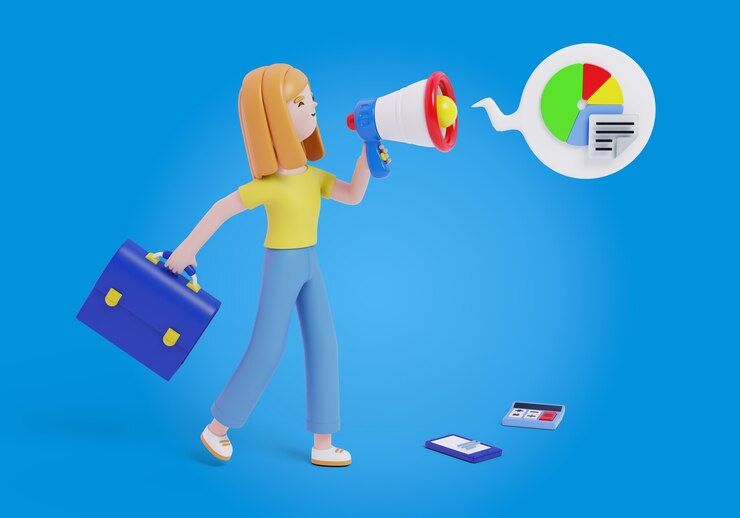- July 11, 2024
- By: johnmichae1
- Uncategorized
Camping and outdoor activities have long been a beloved pastime in the United States, offering people a chance to reconnect with nature, escape the hustle and bustle of daily life, and create unforgettable memories. One unique way to commemorate these adventures is through custom embroidered patches. These patches not only serve as mementos of special trips but also foster a sense of community and achievement among outdoor enthusiasts. In this blog post, we’ll explore the significance of custom embroidered patches for camping and outdoor activities in the USA, discuss how to design them effectively, and highlight some of the best uses and benefits. We’ll also touch on the role of a skilled patch maker in creating high-quality patches that stand the test of time.
The Significance of Custom Embroidered Patches in Outdoor Activities
Custom embroidered patches hold a special place in the hearts of outdoor enthusiasts. They serve multiple purposes, from commemorating specific trips and achievements to fostering a sense of belonging within a community. Here’s why these patches are significant:
1. Commemoration of Adventures: Camping trips and outdoor activities often create lasting memories. Custom embroidered patches can capture these moments, serving as tangible reminders of the experiences. Whether it’s a patch representing a hike up a famous mountain or one commemorating a successful camping trip, these patches become cherished keepsakes.
2. Symbol of Achievement: Outdoor activities like hiking, camping, and climbing often involve overcoming challenges and pushing personal limits. Custom embroidered patches can symbolize these achievements, providing a sense of accomplishment and pride. For example, patches can mark milestones such as reaching a summit, completing a trail, or surviving a rugged camping expedition.
3. Building Community: Custom embroidered patches help build a sense of community among outdoor enthusiasts. Wearing these patches fosters camaraderie and a shared identity, whether within a scouting group, a hiking club, or a camping community. It’s a way for individuals to connect over shared experiences and passions.
4. Personalization and Expression: Custom patches allow outdoor enthusiasts to express their individuality and personal style. From choosing specific designs and colors to incorporating unique symbols and slogans, these patches can be highly personalized, reflecting the wearer’s personality and interests.
Designing Custom Embroidered Patches for Outdoor Activities
Creating custom embroidered patches for camping and outdoor activities involves several key considerations. A well-designed patch not only looks great but also effectively captures the essence of the experience it represents. Here are some tips for designing custom patches:
1. Choose a Theme: The first step in designing a custom patch is selecting a theme that reflects the outdoor activity or experience. This could be a specific location, such as a national park or a famous trail, or it could be an activity like camping, hiking, or rock climbing. The theme sets the tone for the entire design.
2. Incorporate Relevant Symbols: Symbols play a crucial role in patch design. For outdoor patches, consider incorporating symbols that are commonly associated with nature and adventure, such as mountains, trees, tents, campfires, animals, or outdoor gear. These symbols instantly convey the theme and make the patch recognizable.
3. Use Vibrant Colors: Outdoor patches should be visually appealing and vibrant. Choose colors that stand out and reflect the natural environment. Greens, blues, browns, and earthy tones are popular choices. However, don’t be afraid to experiment with bold colors to make the patch eye-catching.
4. Include Text: Adding text to the patch can provide additional context and make it more meaningful. Consider including the name of the location, the date of the trip, or a memorable slogan. The text should be concise and legible, complementing the overall design without overwhelming it.
5. Pay Attention to Size and Shape: The size and shape of the patch should be suitable for its intended use. Smaller patches are ideal for hats, backpacks, or clothing, while larger patches can be used on jackets or banners. The shape can be traditional (round, square, rectangular) or customized to fit the design (e.g., a mountain silhouette).
6. Collaborate with a Skilled Patch Maker: Working with a skilled patch maker is essential to bring your design to life. A professional patch maker can provide valuable insights, suggest improvements, and ensure that the final product is of high quality. They can also advise on the best materials and stitching techniques to use.
Best Uses and Benefits of Custom Embroidered Patches for Outdoor Activities
Custom embroidered patches offer a range of uses and benefits for camping and outdoor activities. Here are some of the most popular applications:
1. Souvenirs and Keepsakes: Custom patches make excellent souvenirs and keepsakes. They can be collected and displayed as a visual diary of outdoor adventures. Many outdoor enthusiasts create patch collections that tell the story of their travels and achievements.
2. Group Identity and Unity: For groups such as scout troops, hiking clubs, or camping organizations, custom patches help create a sense of identity and unity. When everyone in the group wears the same patch, it fosters a feeling of belonging and solidarity. It’s also a great way to recognize group membership.
3. Fundraising and Merchandise: Custom patches can be used for fundraising and merchandise purposes. Outdoor organizations and clubs can sell patches to raise funds for their activities and initiatives. These patches can also be sold as merchandise to supporters and fans, providing an additional revenue stream.
4. Awards and Recognition: Patches can be used as awards and recognition for completing specific tasks or achieving milestones. For example, scouts can earn patches for mastering certain skills, completing camping trips, or participating in community service projects. These patches serve as tangible rewards for hard work and dedication.
5. Personalization of Gear: Outdoor enthusiasts often use custom patches to personalize their gear. Patches can be attached to backpacks, jackets, hats, and tents, adding a unique touch and making it easier to identify personal belongings. This personalization also enhances the overall outdoor experience.
6. Promotion of Events and Initiatives: Custom patches are effective tools for promoting outdoor events and initiatives. Whether it’s a camping festival, a conservation project, or a charity hike, patches can be designed to raise awareness and generate interest. Participants can proudly display these patches, spreading the word and encouraging others to join.
The Role of a Skilled Patch Maker
A skilled patch maker plays a crucial role in the creation of custom embroidered patches. Their expertise ensures that the patches are not only visually appealing but also durable and high-quality. Here’s how a professional patch maker contributes to the process:
1. Expertise in Design: Patch makers have a deep understanding of design principles and can offer valuable insights to enhance your patch design. They can help you choose the right colors, symbols, and text, ensuring that the final product is visually striking and meaningful.
2. High-Quality Materials: Using high-quality materials is essential for creating durable patches that can withstand the rigors of outdoor activities. Patch makers have access to a wide range of fabrics, threads, and backing options, allowing them to create patches that are both attractive and long-lasting.
3. Precision in Embroidery: Embroidery requires precision and skill. Patch makers use advanced embroidery machines and techniques to create detailed and intricate designs. Their expertise ensures that the stitching is clean, even, and durable, resulting in a professional-looking patch.
4. Customization Options: Patch makers offer a variety of customization options to suit your needs. From different sizes and shapes to various backing options (such as iron-on, Velcro, or adhesive), they can tailor the patches to your specific requirements. This flexibility allows you to create patches that are perfectly suited to their intended use.
5. Quality Control: A reputable patch maker ensures strict quality control throughout the production process. They inspect each patch for defects and inconsistencies, ensuring that the final product meets the highest standards. This attention to detail guarantees that you receive patches that you can be proud to display and distribute.
Conclusion
Custom embroidered patches are a fantastic way to commemorate camping and outdoor adventures in the USA. They capture the essence of the experience, symbolize achievements, and foster a sense of community among outdoor enthusiasts. Designing these patches involves careful consideration of themes, symbols, colors, and text, and working with a skilled patch maker ensures high-quality results. Whether used as souvenirs, awards, or promotional tools, custom patches offer numerous benefits and serve as lasting reminders of the great outdoors. So, the next time you embark on a camping trip or outdoor adventure, consider creating custom embroidered patches to celebrate and share your experiences.


